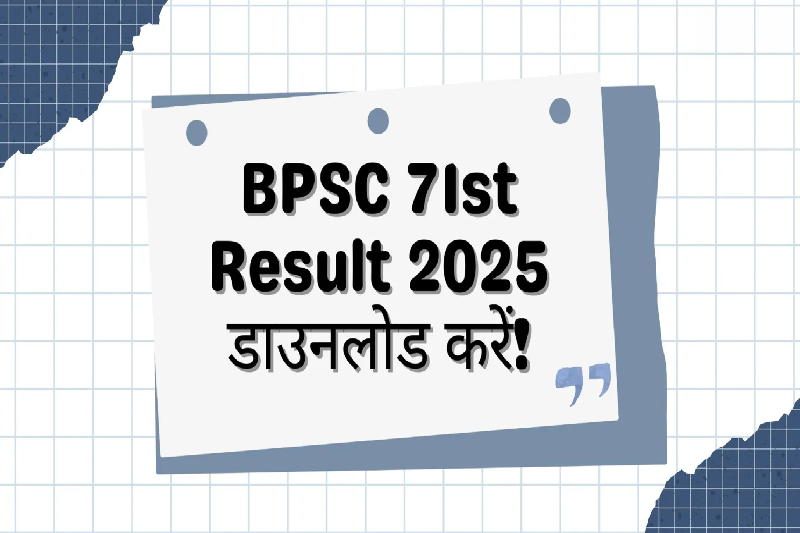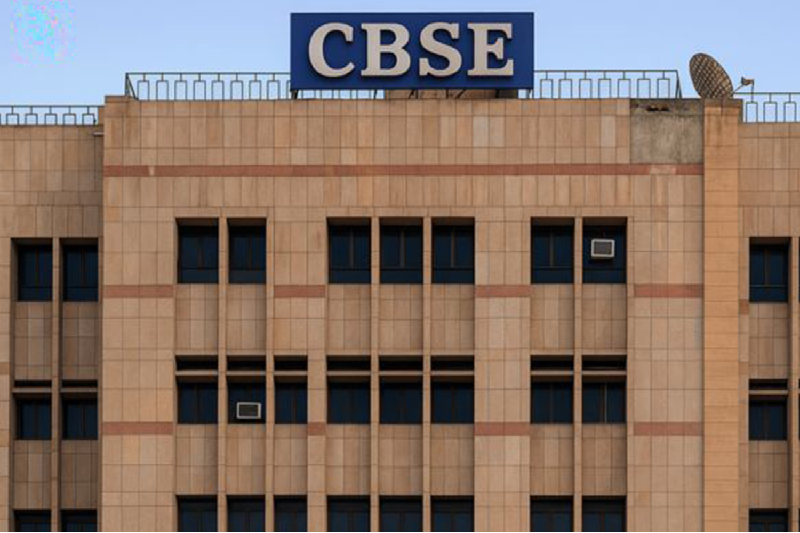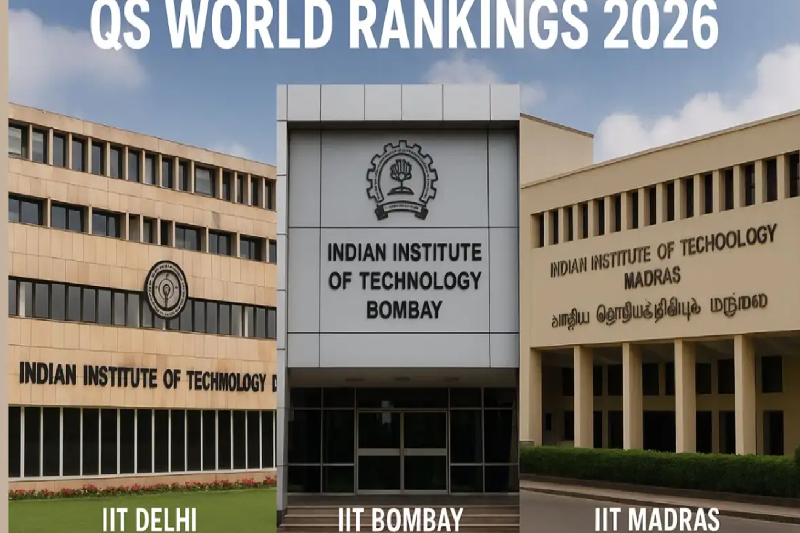
Maharashtra Strengthens Rural Education: No School Closures Despite Low Enrolment, Expansion Plans for 6,553 Villages
In a strong stand for inclusive and accessible education, Maharashtra Deputy Chief Minister Eknath Shinde announced that no government school in the state will be shut down due to low student enrollment. The declaration came during his address to the State Council on Wednesday in response to a calling attention motion raised by Vikram Kale of the NCP and other council members. Shinde emphasized the state’s unwavering commitment to ensuring uninterrupted education, particularly in underserved rural and tribal regions.
Ensuring Continuity: Schools to Stay Open Regardless of Student Count
Maharashtra is home to approximately 1.8 lakh schools; of these, nearly 18,000 currently have fewer than 20 enrolled students. Despite this low enrolment rate in certain areas, the government has assured these schools will not be closed. Shinde reiterated the government's proactive approach, stating that appropriate measures will be taken to ensure continued operation. This includes strategically deploying teaching staff — relocating redundant teachers from low-enrolment schools to areas where student numbers increase.
The Minister of State also supports the assurance for School Education, Pankaj Bhoyar, who confirmed that the government has not closed a single school so far. The policy shift reflects a conscious effort to avoid disrupting educational access for rural and marginalized communities.
Addressing Infrastructure Gaps: Expansion to 6,553 Villages
While maintaining existing schools, the state government also addresses a more significant issue — the lack of schools in many villages. A recent Central Government report highlighted that 1,650 villages in Maharashtra still do not have a primary school, and an even larger number, 6,553 villages, lack upper primary education facilities.
This glaring gap in educational infrastructure has spurred a strategic expansion plan. Under the mandate of the Right of Children to Free and Compulsory Education Act (RTE) 2009, the government is now tasked with setting up schools in these unserved villages. The RTE Act makes it the responsibility of state governments and local self-government bodies to ensure that every child can access primary and upper primary education.
Strengthening Tribal Education: Building Shelters and Infrastructure
Deputy CM Shinde also discussed ongoing initiatives to improve educational access in tribal and remote regions. As part of the Pradhan Mantri Janjati Adivasi Nyaya Maha Abhiyan and the Dharti Aaba Janjatiya Gram Utkarsh Abhiyan, Maharashtra has already constructed 47 residential shelters. These shelters offer accommodation to nearly 4,700 students from tribal and remote areas, enabling them to pursue education without logistical or financial hindrance.
The shelters provide lodging and essential support systems that facilitate regular attendance and holistic development, ensuring that no child is left behind due to geography or poverty.
Innovative School Improvement Initiative: ‘Majhi Shala, Sundar Shala’
Another session highlight was Minister Bhoyar’s mention of the state-led initiative ‘Majhi Shala, Sundar Shala’ (My School, Beautiful School), which he claimed has earned a world record. The initiative focuses on beautifying and improving school environments across rural and tribal regions in the state.
From painting classrooms to upgrading basic infrastructure, the campaign aims to create an inspiring and positive learning atmosphere that attracts students and boosts enrolment. According to Bhoyar, this drive has also been instrumental in increasing the appeal of government schools, with more parents now opting to enroll their children in Zilla Parishad and Municipal Corporation schools, moving away from private institutions.
Public Investment in School Infrastructure
The government has allocated significant financial resources to repair and develop school infrastructure. Bhoyar revealed that crores of rupees are being funneled through the District Planning Committee for these purposes. He also assured that immediate corrective measures can be undertaken using legislators’ development funds, ensuring no school suffers due to a lack of funding.
A Shift Towards Inclusive and Quality Education
Despite logistical challenges and demographic shifts, the government’s plan to maintain and expand educational access highlights a strong political and administrative will to ensure education for all. The new approach prioritizes inclusivity, retention, and the overall quality of education, particularly for students from rural, tribal, and economically weaker sections.
This initiative comes as many states across India struggle to manage low-enrollment schools. Maharashtra’s approach, which balances resource optimization with the fundamental right to education, offers a model for other states
Conclusion: Education First, Always
Maharashtra’s decision to keep schools running, regardless of enrolment numbers, and its bold plan to expand school access in over 6,500 villages reflect a forward-thinking and humane approach to governance. By building shelters, investing in infrastructure, and revamping school environments, the state is reaffirming its commitment to the future of its children.
As these efforts unfold, they will bridge critical gaps in the education system and serve as a beacon of what can be achieved when policy, purpose, and people come together to prioritize learning and development.



